The surface does not enchant textile artist Terumi Ohta. She wants to give her wool sculptures soul and emotions.
I collaborated with The Woolmark Company and the image of my main work was featured on huge billboards on the building in Ginza, Japan, for a month. I think this was a big evolution in the field of wool because, if my works were simply thought of as handicraft, it would have never made it big. What’s more, this offer came directly to me, not via any gallery or agency. My point is there are no set rules or perfect direction to make your dreams come true. If you have the power to develop a new path, supporters will surround you naturally.
Pictures credit Takehiro Kawamura.

How do you describe yourself in the context of challenging people’s perspectives via your work and art?
I create animal sculptures from wool, lifelike in detail, but they are made not just as realistic surfaces. I give them expressions, emotions, energy and souls.
How do you deal with the conceptual difficulty and uncertainty of creating new work?
I do research on many things to arrive at new ideas for new works. Sometimes I go out to find out what they might be. It is time consuming work.
Let’s talk about the evolution of your practice over the years. Tell us about your commitment to your current medium.
I call my works wool sculptures, but sometimes use the expression “needle felt art” as some people do not understand what wool sculpture is. I also call it “needle felting”. The reason I mentioned that is because needle felting is known mainly as a craft and a hobby, not an art form. The value of felted works is not thought of as high. I have been fighting this problem but it is getting better.
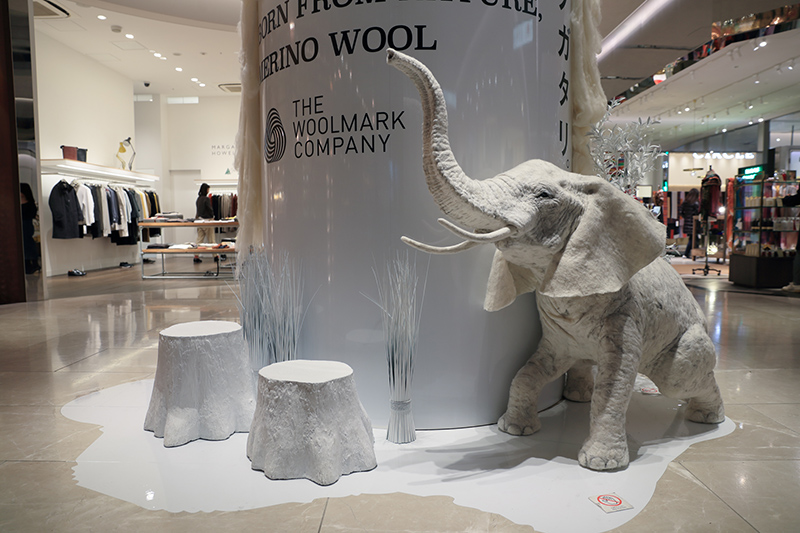
How does your audience interact and react with your work?
I feel many people still haven’t realised what my creations are made from and how exactly I make them. Some people think my work is taxidermy and put me down. I think people who know or have done needle felting are more surprised by my works.
What are you looking for when you look at other artists’ work?
I like originality, sensitivity and energy in other artists’ work. But most important thing for me is if it’s impressive at first glance, it is better than any skill and theory.
Which shows, performances and experiences have shaped your own creative process?
Many things have influenced me since I was little. I loved watching birds come to our garden and drawing pictures as a child. Also my favourite TV shows and books were related to animals. I didn’t go to any specific design school but most of my student life was spent in the art class. Apart from learning a new language, my experience as an assistant to a flower designer and a flower school, and experience in completely new places made me independent and changed me after I returned to Japan. The flower work experience in the UK motivated me to learn Ikebana later, as I felt ashamed that I didn’t know this Japanese art. Consequently, Ikebana had an impact on my current style.
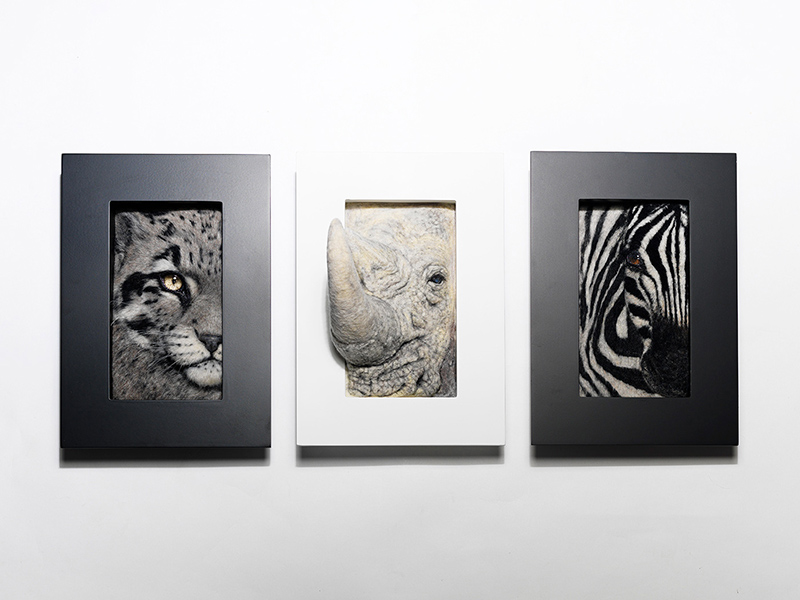
Who are your maestros? Whose journey would you want to read about?
I don’t have any specific names but I do admire people who have ability, originality and creativity.
How do you reconcile the conflict between the commercial and the creative? How does your interaction with a curator, gallery or client evolve?
I always thought would be the best life if I could live only by making what I like. However, by taking commissions and teaching, I have grown both skill- and humanity-wise. This has also given me the opportunity to hire assistants. I am not contracted to any gallery but I have done solo and group exhibitions. I have participated in some art fairs in different parts of the world and my creations have sold a lot.
My work was initially was meant for individuals, but it has grown since then and is at a company level now. In 2018, I got an offer to be in charge of display during the Christmas season at the one of biggest departmental stores in the centre of Tokyo. I collaborated with The Woolmark Company and the image of my main work was featured on huge billboards on the building in Ginza, the most expensive, elegant and luxurious area in Japan, for a month.
I think this was a big evolution in the field of wool because, if my works were simply thought of as handicraft, it would have never made it big. What’s more, this offer came directly to me, not via any gallery or agency. My point is there are no set rules or perfect direction to make your dreams come true. If you have the power to develop a new path, supporters will surround you naturally.
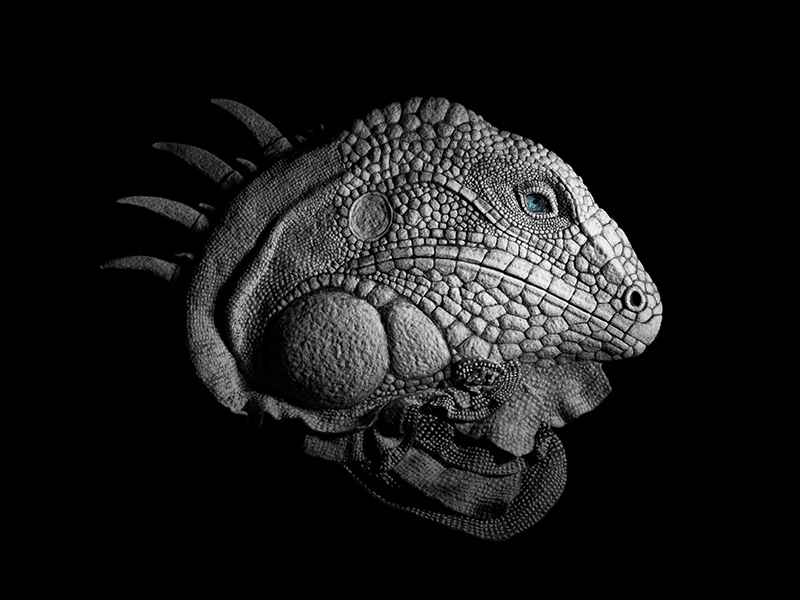
What was your first sale? Do you handle the commercials yourself or is it outsourced to a gallery or an agent?
When I attended a handmade event seven years ago, I got a commission for a life-size felted degu. I had been making wool sculptures for only six months then. Soon, commissions became a part of my job. When it comes to making money, I take pet portrait work commissions on my own. However, I make different things with my own design work. I would like to do this on a company scale. I want to give priority to my career over profit sometimes.
Think of the biggest professional risk you’ve taken. What helped you take that risk?
I quit a company when I saw that wool work was my vocation. I also moved to a new place to do wool work better. The beginning was hard financially but the risks have made me stronger and my life has become much better.
What is the best piece of advice you’ve received? Why was it helpful?
“If you could keep making new work, you will be absolutely fine.” I often struggle and feel anxious when I take too long to complete a work but I always remember this message. I feel satisfied when my customers or audience like my work.
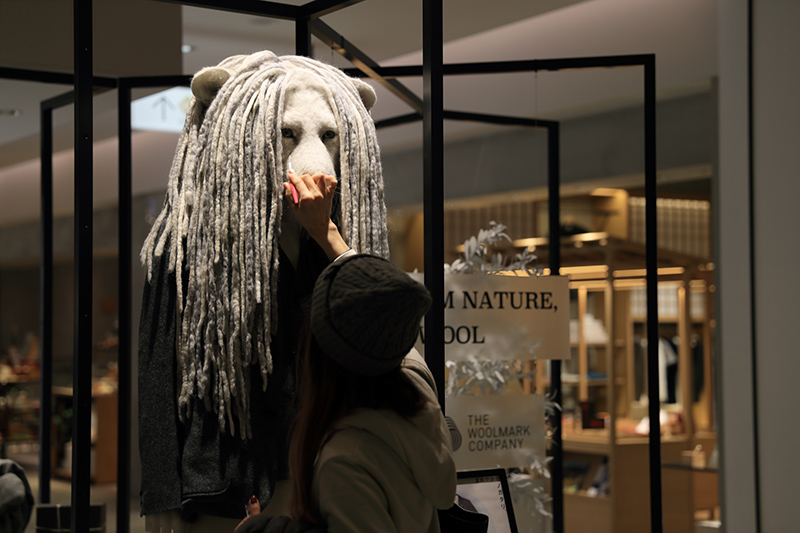
Tell us about your studio, what kind of place is it? Could you describe your usual work day in the studio?
I use my home as an atelier as well. Approximately 50 students come to take lessons every month. I have a dog and a cat, my family.
Are you more of a studio artist or naturally collaborative by nature? How do you feel about commissions?
I think I am more of a studio artist. I am living in the central city and work at my home-atelier mostly. Maybe, one day I will live in some natural place. But this suits me at the moment.
What are you working on now? What’s coming next season?
I have been working on several individual commissions and have also started making big, new creations for my solo exhibition that will be held in Osaka, Japan, this September.
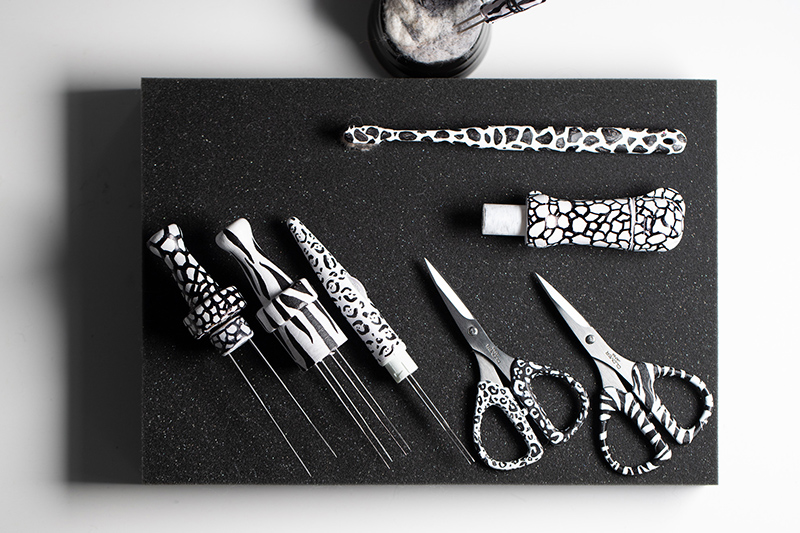
Please tell us a little about yourself, what brought you to the world of art and how did you start?
As I already mentioned, drawing was my foundation. Apart from drawing I loved music. I used played in bands and song on the on stage. I also took dance classes. Cooking is also one of my specialties. I think creating and expressing are the mantras of my life.
Is there any topic lately that you would like to be mentored on?
I would like to get better at giving interviews fluently in English in front of a camera.
Tell us about your commitment to your current medium.
I want to be a pioneer in wool sculpture and have it recognised as art, and not craft.
Let’s talk about your frameworks, references and process. What inspires you?
I am not just interested realistic creation. It has to transcend the surface and have a soul, an emotion, or a unique shape. I have tried to create modern art with wool but if it’s just realistic and lifelike, I don’t care for it much. I have created some unrealistic shapes and have started to use frames. Delicacy and realism may be characteristic of my work, but I am starting to design and frame them unrealistically.
Before you go – you might like to browse our Artist Interviews. Interviews of artists and outliers on how to be an artist. Contemporary artists on the source of their creative inspiration.








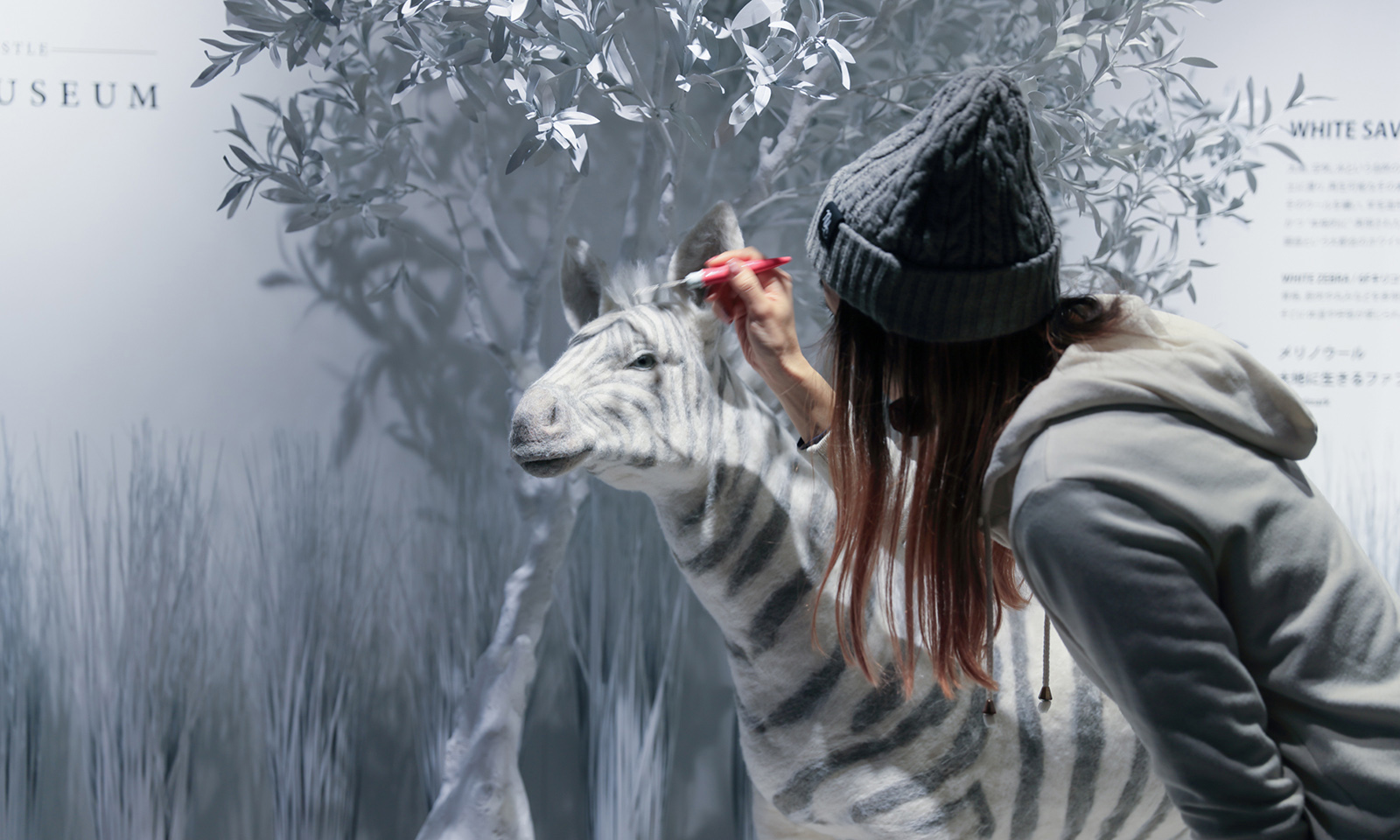



Add Comment